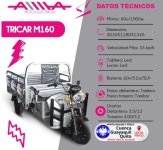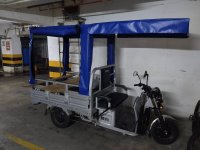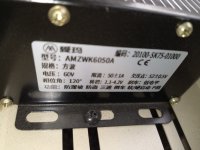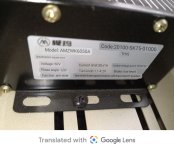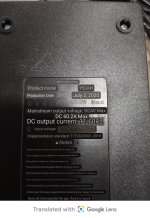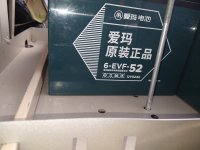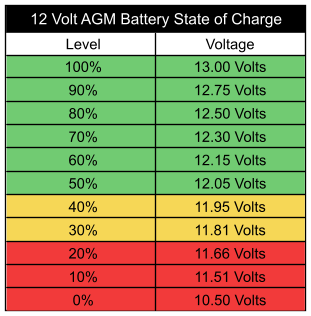matt030301
1 µW
I asked this on reddit, but was told this might be a better place...
I live in Ecuador, & I recently purchased an Aima cargo trike made in China that has a thousand watt electric motor & 5 12 volt 52ah seal lead acid (sla) batteries a controller and no pedal assist.

I had a degree in electronics about 25 years ago so I understand the basics that the batteries are connected in series creating a 60 volt system and they are 52 amp hour batteries. I remember Ohm's law and power law and can do basic calculations for most of that stuff.
I am looking for a good resource where I can learn about the best ways to charge and care for my batteries in order to maintain their life as long as possible. I know that sealed us acid batteries are not the best technology but they are what came with the bike.
I would like to educate myself before I ask questions here that other people may have asked a hundred times and I would like to find a resource with the basic information about ebikes and charging and any other information that I don't even know that I need to understand.
Questions like the best way to care for my sla batteries? I was told it is bad to let them get below 12v...is that right? Is it safe to tap into one battery to charge my cell phone? Etc.
Thank you in advance for your kind assistance.
I live in Ecuador, & I recently purchased an Aima cargo trike made in China that has a thousand watt electric motor & 5 12 volt 52ah seal lead acid (sla) batteries a controller and no pedal assist.
I had a degree in electronics about 25 years ago so I understand the basics that the batteries are connected in series creating a 60 volt system and they are 52 amp hour batteries. I remember Ohm's law and power law and can do basic calculations for most of that stuff.
I am looking for a good resource where I can learn about the best ways to charge and care for my batteries in order to maintain their life as long as possible. I know that sealed us acid batteries are not the best technology but they are what came with the bike.
I would like to educate myself before I ask questions here that other people may have asked a hundred times and I would like to find a resource with the basic information about ebikes and charging and any other information that I don't even know that I need to understand.
Questions like the best way to care for my sla batteries? I was told it is bad to let them get below 12v...is that right? Is it safe to tap into one battery to charge my cell phone? Etc.
Thank you in advance for your kind assistance.



